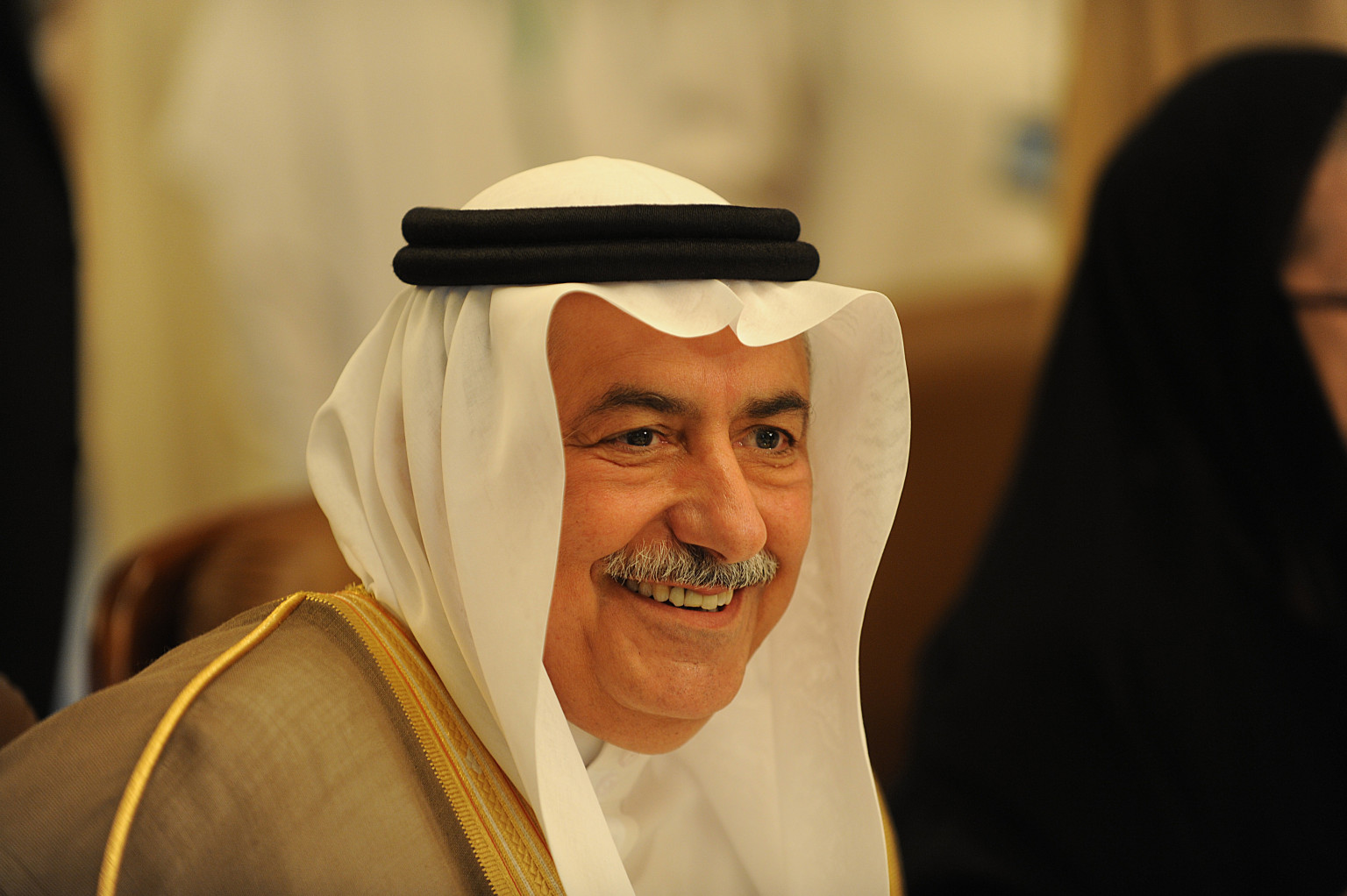
For full coverage of Saudi Arabia, see MEED
Saudi Arabia’s 2016 budget announced yesterday is a significant landmark for the kingdom’s economy that involves spending controls, a credible medium-term strategy and signs that there will be no short-term change in Riyadh’s energy and foreign exchange policy, a report issued by Bank of America Merrill Lynch says.
“The 2016 budget focuses on spending rationalization and restraint,” the report says. “We believe the era of material overspending is likely firmly behind us. Spending controls have been introduced through the setup of medium-term budget ceilings and of the National Project Management Agency to optimize and review capex (capital expenditure).”
Bank of America Merrill Lynch says lower public spending should lead to slower real non-oil GDP growth.
“The Ministry of Finance preliminary estimate for the budget deficit for 2015 was better than expected, although questions remain,” Bank of America Merrill Lynch said. “Compared to our 2015 budget deficit projections of 18.7 per cent, of GDP ( about SR 440bn), the preliminary gap stood instead at SR 367bn (15 per cent of GDP). Realized spending was SR 975bn, versus our projections of SR 1.1trn, and down by 14.5 per cent versus actual 2014 spending levels.”
Overspending against the 2015 budget was 13.4 per cent (SR 115bn), down from 29.8 per cent in 2014. Most of it was due to royal handouts (SR 88bn) and increased military and security projects (SR 20bn).
Government debt reached SR 142bn (5.8 per cent of GDP) at end-2015. Real GDP and real non-oil GDP growth were somewhat stronger than anticipated at 3.4 per cent and 3.6 per cent in 2015. Building and construction was the second fastest growing sector of the Saudi economy in 2015.
The Ministry of Finance largely attributes the narrower than expected 2015 budget deficit to spending restraint in the final quarter of 2015. The cash-based budget presentation for 2015 excludes any government arrears or delays to contractors and off-budget spending. The Ministry of Finance presentation excludes the SR 22bn in off-budget capital expenditure from the budget surplus fund financed by earmarked funds from previous years.
Non-oil revenue increased by 29 per cent to SR 127bn. This is largely due to undisclosed other revenues (a 150 per cent increase of SR 16bn to SR 25.5bn) and higher investment revenues (an increase of SR 15.2bn to SR 37bn, comprising transfers of SR 22bn from Sama and SR 15bn from Public Investment Fund).
Bank of America Merrill Lynch said the 2016 spending plan is conservatively projected at SR 840bn. This is 2.3 per cent lower than SR 860bn for 2015 budget and 13.8 per cent lower than the 2015 actual spending figure.
The breakdown of revenue is not given and probably does not include the impact of planned subsidy changes.
“Budgeted revenue numbers would be consistent with an internally budgeted oil price assumption of $45 a barrel on our estimates, and the budget itself would break-even at $80 a barrel (excluding any material overspending),” Bank of America Merrill Lynch said. “Should oil prices average $50 a barrel, our projected 2016 budget deficit could stand instead at SR 257bn (10.2 per cent of GDP) and real GDP growth could slow to 2.3 per cent. At $35 a barrel, the budget deficit would stand instead at SR 384bn (16.5 per cent of GDP), assuming non-oil revenues still grow by 4 per cent versus 2015 realized levels”
“Budget execution will now be paramount, and we see capex most at risk of cuts going forward,” Bank of America Merrill Lynch said. “The budget intends only to slow the growth in recurring expenditures going forward. On-budget defense spending is a risk item in this regard, as the $5.3bn disclosed increased military and security projects over 2015 amount to a $15mn aday cost. Also, the 2015 realized spending could suggest on-budget capex spending was already cut by about 50 per cent to SR 185bn, although this could likely reflect delays in payments to contractors given the incongruence with rapid construction sector growth.”
“The energy, water and electricity administered price changes decreed shortly after the budget announcement are a first step in the five-year fiscal consolidation and economic transformation strategy expected to be unveiled in early 2016,” Bank of America Merrill Lynch said. “This is likely to include PPP projects, privatizations, land tax, further review of energy, water, and electricity prices over the medium-term, review of current levels of fees and fines, introduction of new fees, completion of the necessary arrangements for the application of a VAT and introduction of excise taxes on tobacco and soft drinks.”
“We estimate the natural gas price hike on petrochemical firms and gasoline and diesel price hike could add $2.2bn and $3.8bn to central government revenues if fully passed to the budget (a combined 0.9 per cent of GDP),” Bank of America Merrill Lynch said. “We estimate the direct impact of higher gasoline, water and electricity prices to add 1.3-1.5 percentage points to CPI inflation due to their low basket weights. We think a 5 per cent VAT tax could add about 2 per cent of 2015 GDP in fiscal revenues over the medium-term.”